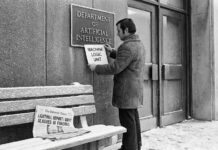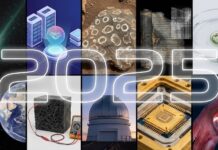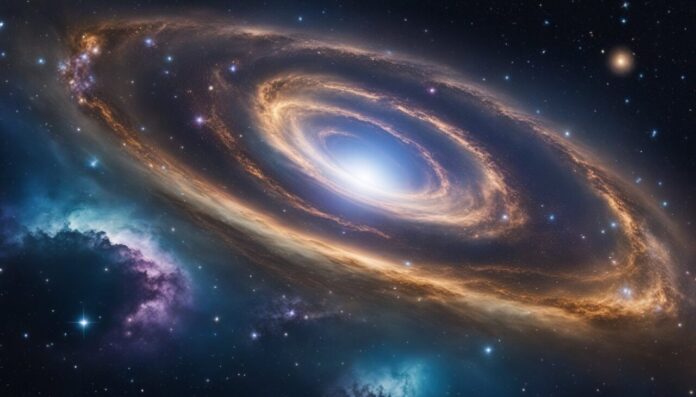
We all know one or two things about the universe. We know that it is extremely large with billions of stars and we know that it is constantly expanding.
But the question remains – where is it expanding or what is it expanding into?
For years and decades, researchers have been trying to answer this question, and while there is still no definite answer, there are several theories that attempt to explain the phenomenon.
One of the generally accepted theories is that the universe is not expanding into anything.
Instead, space itself is expanding, which means that the universe is growing larger with every passing moment.
This idea is known as the “balloon analogy,” where the universe is compared to a balloon being inflated.
As the balloon expands, the distance between any two points on its surface increases, but there is no “outside” to the balloon that it is expanding into.
This concept can be difficult to understand, but we need to remember that the universe is not a physical object that can be contained within something else.
It is the very fabric of space and time itself, and it is expanding in all directions simultaneously.
And so, even though all of this sounds fine and dandy, we need to cover everything related to the expansion of the universe to be able to understand it completely.
So, let’s begin.
See also: When Will The World End? The Ultimate Guide!
Interesting fact: The concept of the universe expanding was first proposed by Belgian astronomer Georges Lemaître in 1927, who theorized that the universe was once a single point and has been expanding ever since. This idea was later confirmed by observations made by American astronomer Edwin Hubble in 1929.
Cosmological Overview
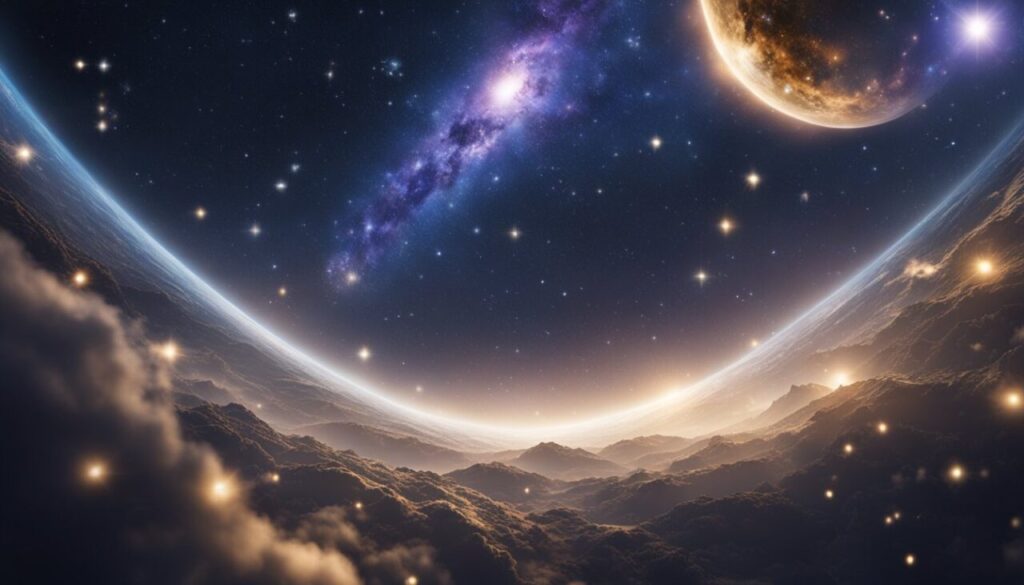
Big Bang Theory
The Big Bang Theory is the most widely accepted explanation for the origin of the universe. According to this theory, the universe began as a singularity, a point of infinite density and temperature.
The universe then rapidly expanded and cooled, eventually forming the galaxies, stars, and planets that we observe today.
Interesting fact: The term "Big Bang" was actually coined by astronomer Fred Hoyle, who was a proponent of the Steady State theory, which was eventually disproven.
Cosmic Inflation
Cosmic inflation is a theory that was proposed to explain some of the observed features of the universe, such as its large-scale homogeneity and isotropy. According to this theory, the universe underwent a brief period of exponential expansion in the first fraction of a second after the Big Bang.
Interesting fact: The concept of cosmic inflation was first proposed by physicist Alan Guth in 1980.
Hubble’s Law
Hubble’s Law is a fundamental principle in cosmology that states that the farther away a galaxy is from us, the faster it is moving away from us.
This law is based on observations of the redshift of light from distant galaxies, which indicates that they are moving away from us at a rate proportional to their distance.
Interesting fact: The discovery of Hubble's Law was made by astronomer Edwin Hubble in the 1920s, and it provided strong evidence for the expanding universe.
Nature of Expansion
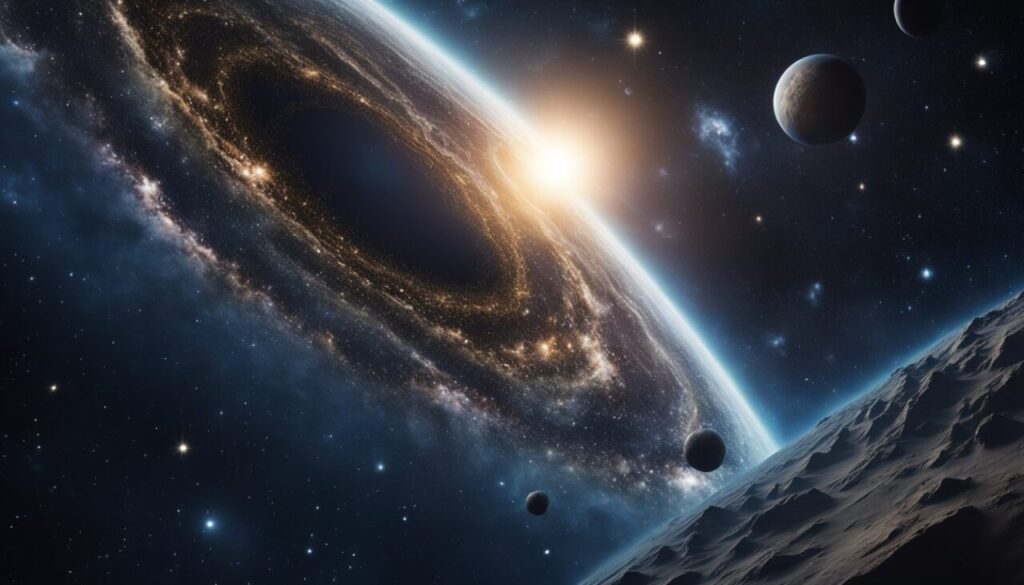
Metric Expansion of Space
So we’ve concluded that the universe is expanding, but what exactly does that mean? How can we measure something like this?
Well, the metric expansion of space is a term used to describe the phenomenon where the distance between any two points in the universe is increasing over time.
This expansion is not like an explosion where matter is flying outwards from a central point. Instead, it is the space between galaxies that is expanding.
Interestingly, this expansion is not limited to the observable universe. Even beyond the edge of what we can see, space is still expanding.
This means that the universe is infinite and constantly growing.
Redshift and Distant Galaxies
One of the ways scientists have been able to observe the expansion of the universe is through the phenomenon of redshift.
When light from a distant galaxy travels through expanding space, the wavelengths of the light get stretched out, causing it to appear redder than it should.
By measuring the amount of redshift in light from distant galaxies, scientists have been able to determine that the universe is expanding at an accelerating rate.
This means that the expansion is not slowing down, as one might expect from the force of gravity, but is actually speeding up.
Interesting Fact: The first evidence of redshift was discovered by American astronomer Vesto Slipher in 1912.
Dark Energy
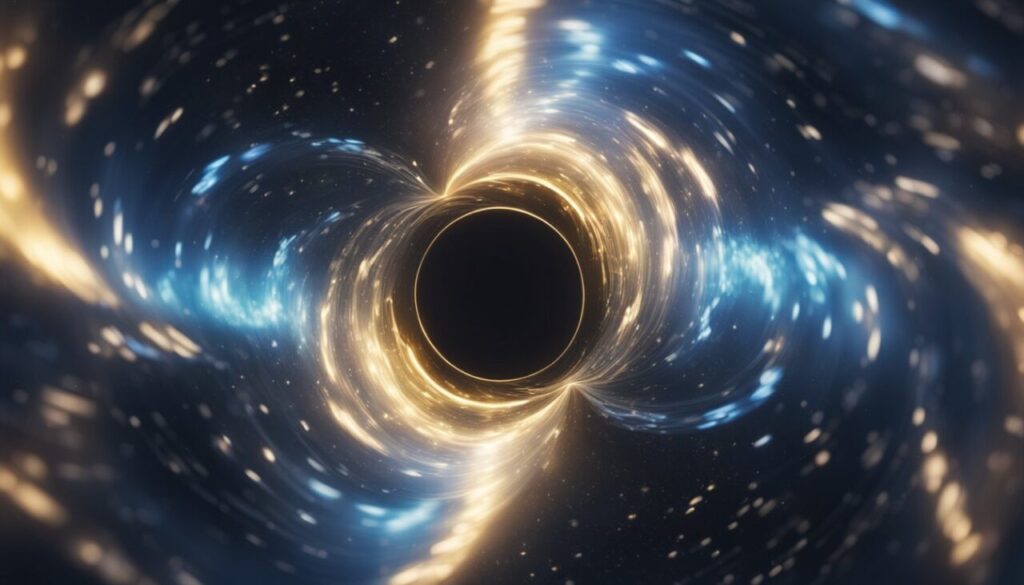
The acceleration of the universe’s expansion is thought to be caused by a mysterious force known as dark energy. This force is believed to make up about 68% of the total energy in the universe, but its exact nature is still unknown.
Scientists are working to understand the properties of dark energy, but so far it remains one of the biggest mysteries in astrophysics.
Some theories suggest that dark energy is a property of space itself, while others propose the existence of a new type of particle that interacts very weakly with matter.
Interesting Fact: Dark energy was first proposed by American physicist Michael Turner in the 1990s.
Misconceptions about Expansion of the Universe
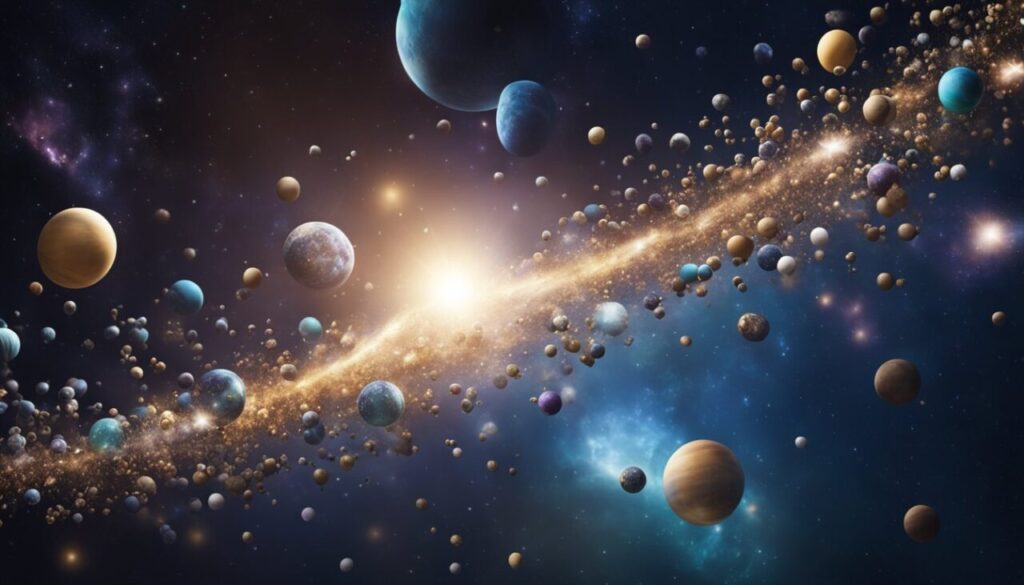
Expansion vs. Explosion
One of the most common misconceptions about the universe’s expansion is that it is an explosion, similar to a big bang.
However, this is really not the case.
The universe’s expansion is a gradual process that has been ongoing since the Big Bang. It is not an explosion that occurred at a single point in time.
Bound Systems vs. Unbound Systems
Another misconception about the universe’s expansion is that it only applies to unbound systems, such as galaxies and clusters of galaxies.
However, this is also not the case.
The expansion of the universe applies to all objects in the universe, including bound systems like stars and planets.
However, the gravitational forces within these systems are strong enough to counteract the expansion, so they do not expand themselves.
Interesting fact: The Andromeda Galaxy is on a collision course with the Milky Way, and the two galaxies will eventually collide/merge due to the expansion of the universe.
Different Theories

Ultimate Fate of the Universe
The expanding universe has led to a number of theories about its ultimate fate.
We’ve written extensively about this in our articles: What Will Happen In 1000000000000000000000000000000 Years? and When Will The World End? The Ultimate Guide!
One possibility is the “Big Freeze,” where the universe continues to expand until all matter is too far apart to interact, resulting in a cold and lifeless universe.
Another possibility is the “Big Crunch,” where the universe eventually stops expanding and begins to contract, ultimately collapsing in on itself.
However, recent observations suggest that the universe’s expansion is accelerating, making the Big Freeze the more likely scenario.
Multiverse Theories
The idea of a multiverse, or the existence of multiple universes, has gained popularity in recent years as a potential explanation for the expanding universe.
One theory suggests that the universe is just one of many “bubbles” in a larger multiverse, each with its own unique physical laws and properties.
This could explain why our universe appears to be finely-tuned for life, as it may simply be one of many universes that happen to have the right conditions for life to exist.
Interesting fact: Some scientists believe that evidence of a multiverse may be found in the cosmic microwave background radiation.
The Role of Quantum Mechanics
Quantum mechanics, the study of the behavior of matter and energy at the smallest scales, has also been used to explain the expanding universe.
One theory suggests that particles can spontaneously appear and disappear from the vacuum of space, creating a “quantum foam” that could be responsible for the universe’s expansion.
Another theory proposes that the universe is a giant quantum system, with the expansion of the universe being driven by quantum fluctuations.
Observational Evidence
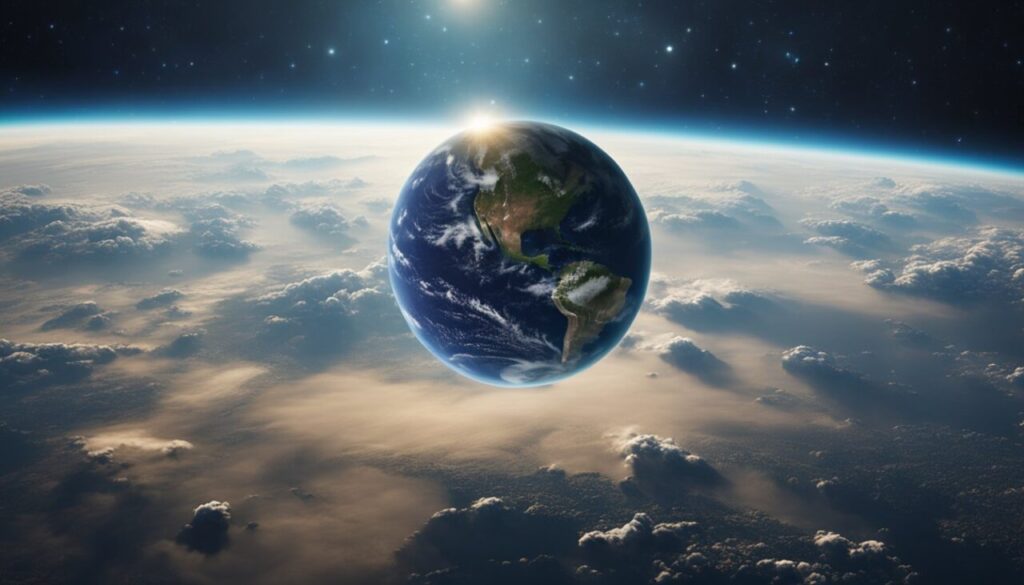
Supernova Measurements
One of the most significant pieces of evidence for the expansion of the universe comes from observations of supernovae.
In the late 1990s, astronomers discovered that the light from distant supernovae was dimmer than expected, indicating that they were farther away than previously thought.
This observation led to the conclusion that the universe is expanding at an accelerating rate.
Interesting fact: The team of astronomers who made this discovery was awarded the Nobel Prize in Physics in 2011.
Galaxy Cluster Distribution
Another piece of evidence for the expansion of the universe comes from observations of the distribution of galaxy clusters.
By studying the way that these clusters are distributed throughout the universe, astronomers can estimate the amount of matter in the universe and the rate at which it is expanding.
Gravitational Lensing
Gravitational lensing is a phenomenon in which the gravity of a massive object, such as a galaxy cluster, bends and magnifies the light from more distant objects.
By studying gravitational lensing, astronomers can estimate the distribution of matter in the universe and the rate at which it is expanding.
Overall, all these observations provide strong evidence that the universe is expanding.
Interesting fact: In 2019, astronomers used gravitational lensing to observe the most distant galaxy ever seen, which is believed to have formed just 500 million years after the Big Bang.
Conclusion
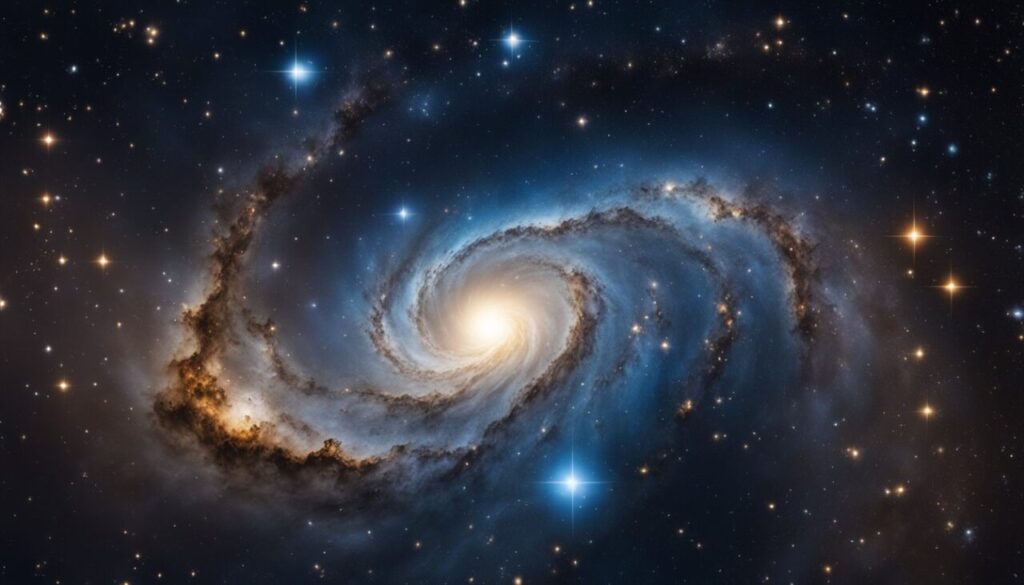
In conclusion, the expansion of the universe is real and it is happening constantly.
While there is still much to learn about the universe and its expansion, current theories suggest that the universe is expanding into nothingness.
Expansion is happening because of a phenomenon known as dark energy, which seems to be pushing galaxies away from each other.
This expansion is happening everywhere, not just in one direction, meaning it’s not like galaxies are just moving away from us, but rather, they’re moving away from each other.
The universe’s expansion also isn’t like an explosion, pushing things outward into empty space.
Instead, it’s more like space itself is stretching, carrying galaxies along with it.
In simple terms, the universe is like a loaf of rising bread, with galaxies as raisins getting farther apart as the dough expands.
And so, one day, we will probably know everything about the universe and its expansion, but for now, we’re satisfied with every little discovery.
One thing is certain – the universe is still full of mysteries, and with each new meter of expansion, new mysteries reveal themselves.











